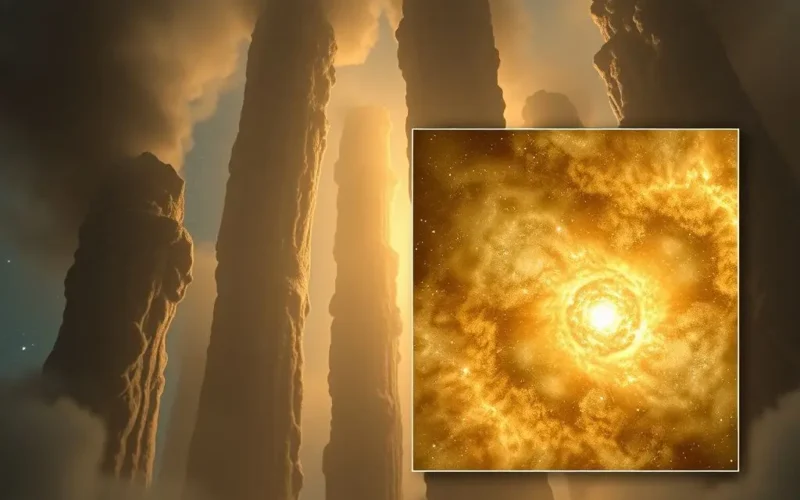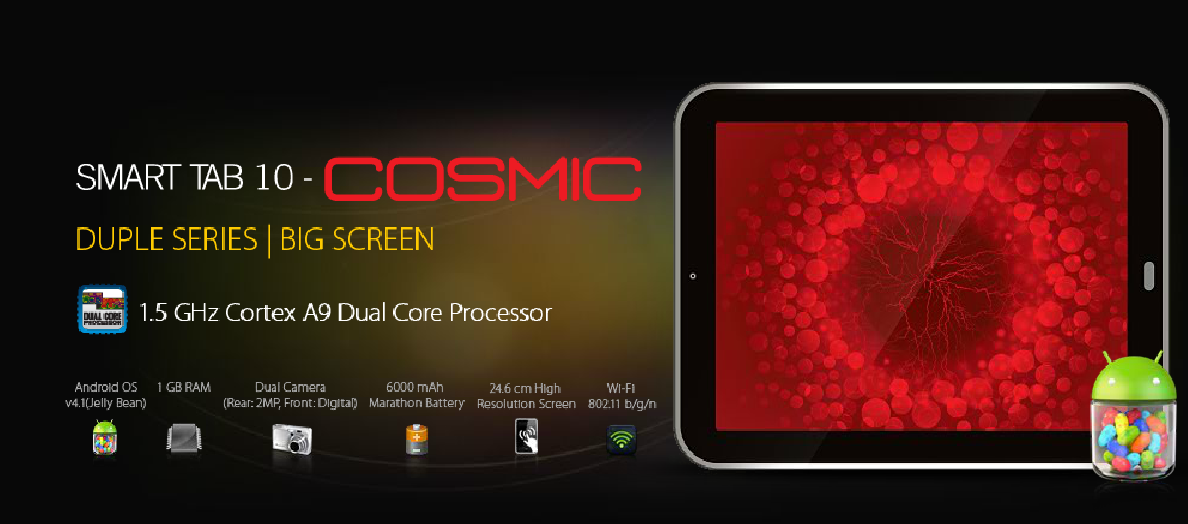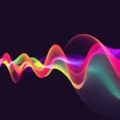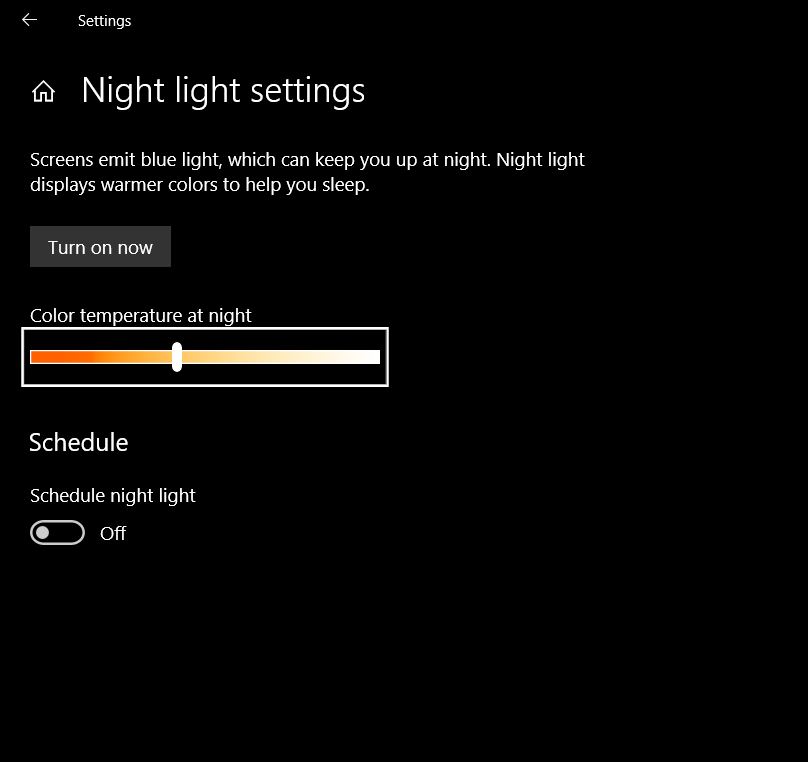Imagine trying to watch a spectacular light show happening behind a thick, smoke-filled curtain. You might catch faint glimpses, maybe see a few colors, but the true brilliance and detail are completely hidden. This is often the challenge astronomers face when looking at many fascinating objects in the universe using only the kind of light our eyes can see – visible light.
But what if you had a special set of glasses that could let you see straight through that smoke, revealing the hidden spectacle in all its glory? That’s essentially what the James Webb Space Telescope (JWST) does for the cosmos, but instead of smoke, it’s cosmic dust, and its ‘special glasses’ see in infrared light.
Webb isn’t just another telescope; it’s a revolutionary instrument designed to view the universe in a way that was largely inaccessible before. It operates primarily by detecting infrared radiation – the heat signatures emitted by everything from newborn stars shrouded in gas clouds to the stretched-out light from the most distant, earliest galaxies.
This capability allows Webb to perform scientific feats that are simply impossible for telescopes that rely solely on visible light. It’s like giving humanity a new sense to perceive the cosmos.
Before we dive deeper into the incredible power of infrared vision, here’s a quick peek at what we’re talking about:
Table of Contents
What Exactly is Infrared Light?
Light comes in many forms, making up what scientists call the electromagnetic spectrum. Visible light – the colors of the rainbow our eyes can see – is just a tiny sliver of this spectrum. Beyond the red end of the visible spectrum lies infrared light. Think of it as light with wavelengths longer than red light.
Infrared is often associated with heat. While not all infrared is felt as heat, everything that has a temperature above absolute zero emits some form of infrared radiation. Hotter objects emit more energetic infrared (near-infrared), while cooler objects emit less energetic infrared (mid-infrared and far-infrared).
Telescopes like Hubble excel at capturing visible and ultraviolet light. But many of the universe’s most intriguing secrets are hidden in the infrared.
Why Infrared is Crucial for Cosmic Exploration
There are two primary reasons why detecting infrared light is absolutely essential for understanding vast swathes of the universe:
1. Peering Through Cosmic Dust
Space isn’t empty. Vast clouds of gas and dust permeate galaxies. While beautiful, these dust clouds are opaque to visible light. They absorb and scatter visible light, completely obscuring whatever lies behind them – often the very regions where stars and planets are forming.
Imagine looking at a dusty window; you can’t see clearly through it. However, infrared light has longer wavelengths than visible light. These longer waves are much less affected by dust grains. They can pass through the dust clouds relatively unimpeded, much like how radio waves can pass through walls that block visible light.
By observing in infrared, Webb can effectively see *through* these stellar nurseries and galactic cores, revealing the hidden processes of star birth, the structure of dusty galaxies, and even the swirling disks of gas and dust around young stars where planets are born.
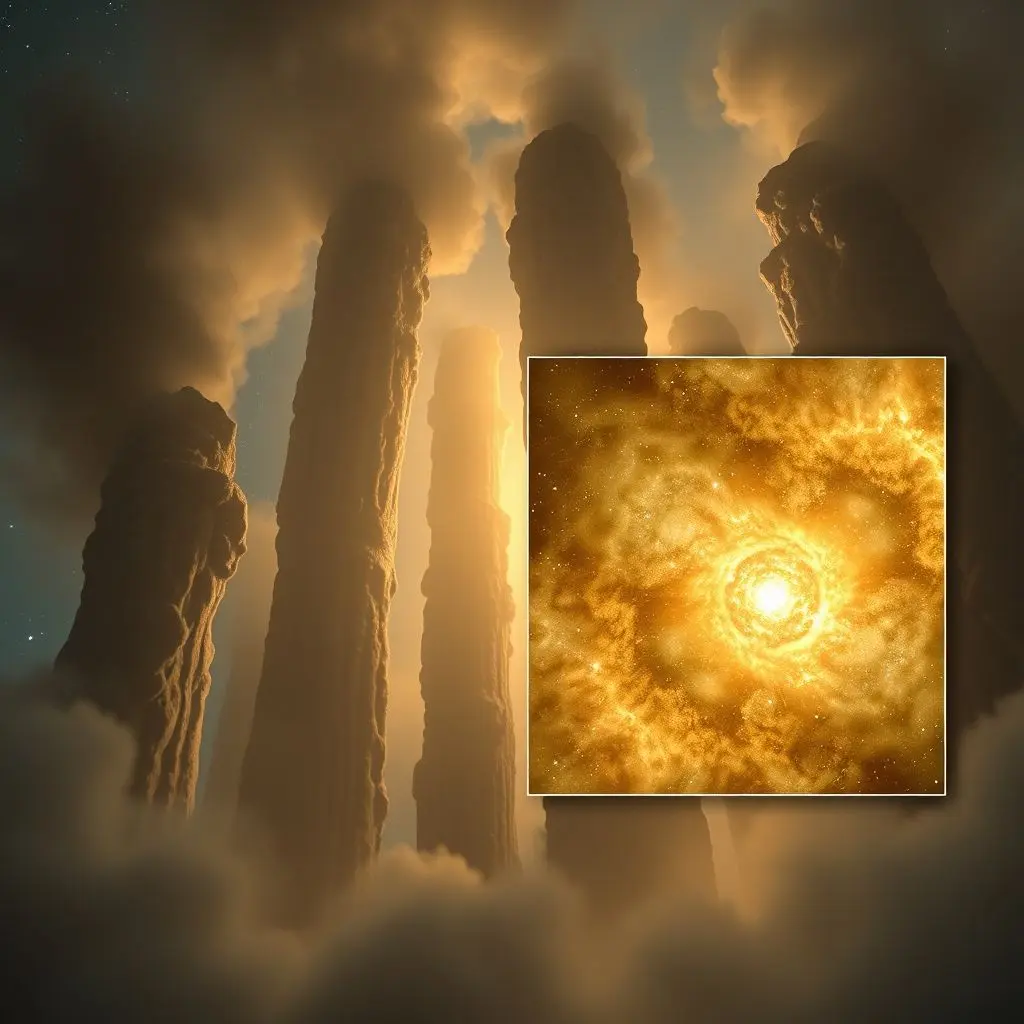
2. Seeing the Most Ancient Light (Cosmic Redshift)
The universe is expanding. Light from distant objects – like the very first stars and galaxies that formed billions of years ago – gets stretched as it travels across the expanding space between them and us. This stretching effect is called redshift.
Think of it like sound waves from a receding ambulance – the pitch gets lower. For light, redshift shifts the wavelengths towards the redder end of the spectrum, and crucially, into the infrared range for the most distant objects.
The light emitted by the earliest galaxies was originally in the visible or even ultraviolet spectrum. But after traveling for 13+ billion years across the expanding universe, that light has been redshifted so much that it now arrives at Earth as infrared radiation. To see this primeval light – the light that tells us about the universe’s infancy – you absolutely *must* be able to detect infrared.
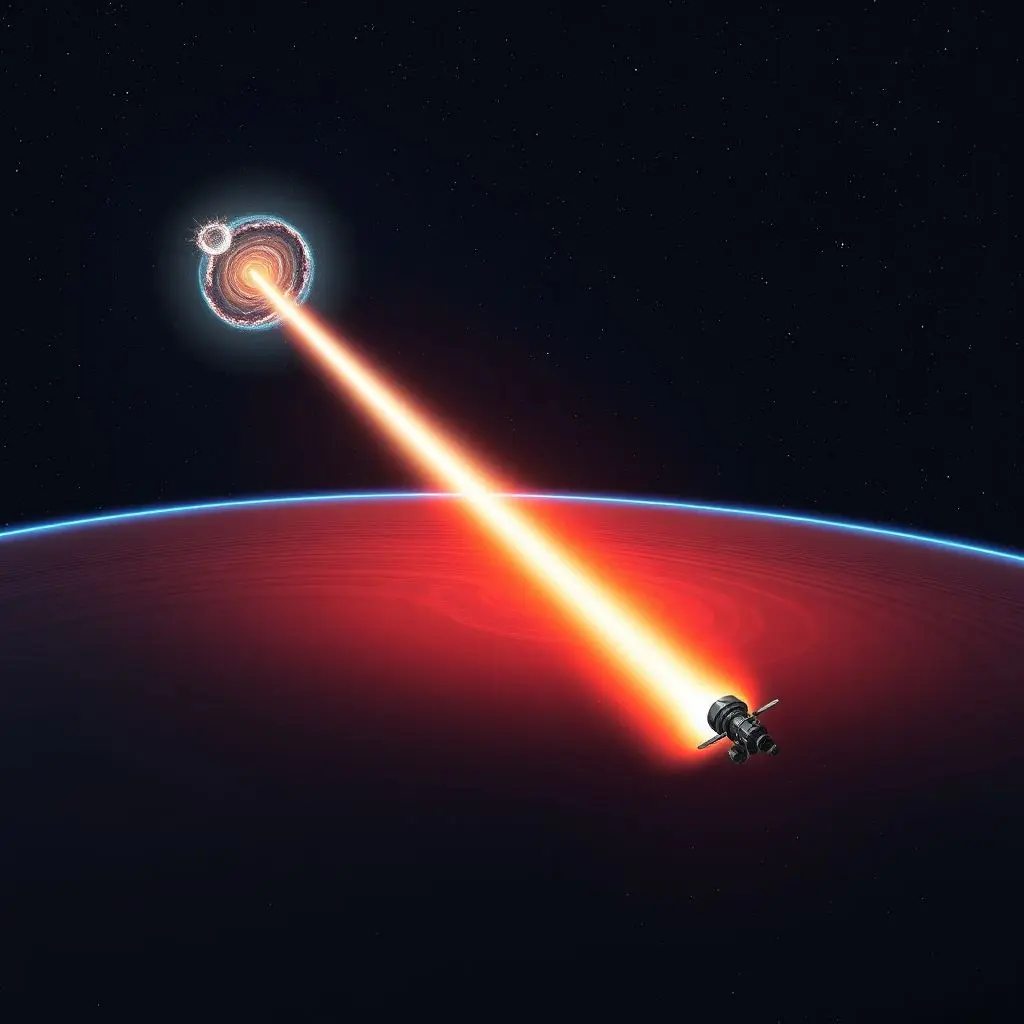
Webb’s Infrared Eyes: A Symphony of Instruments
Webb is equipped with a suite of highly sensitive instruments designed to capture different wavelengths of infrared light:
- NIRCam (Near-InfraRed Camera): Webb’s primary imager, covering wavelengths from 0.6 to 5 microns. Excellent for detecting the light from the first stars and galaxies, star-forming regions, and Kuiper Belt Objects.
- NIRSpec (Near-InfraRed Spectrograph): Analyzes the infrared light (0.6 to 5 microns) to determine the physical properties, chemical composition, temperature, and velocity of cosmic objects. Can observe up to 100 objects simultaneously.
- MIRI (Mid-InfraRed Instrument): Covers longer wavelengths (5 to 28 microns). This is where cooler objects like dust, gas clouds, young protostars, and exoplanets glow brightest. MIRI can see structures hidden even deeper within dust than NIRCam. It’s also crucial for studying the atmosphere of exoplanets.
- FGS/NIRISS (Fine Guidance Sensor/Near Infrared Imager and Slitless Spectrograph): Used for pointing Webb precisely. NIRISS has specialized modes for detecting faint companions, surveying exoplanet atmospheres, and studying very distant galaxies.
To prevent its own heat from interfering with the faint infrared signals from space, Webb must be kept incredibly cold. It operates at temperatures below -220 degrees Celsius (-360 degrees Fahrenheit), and its MIRI instrument is cooled even further to near absolute zero using a special cryocooler.
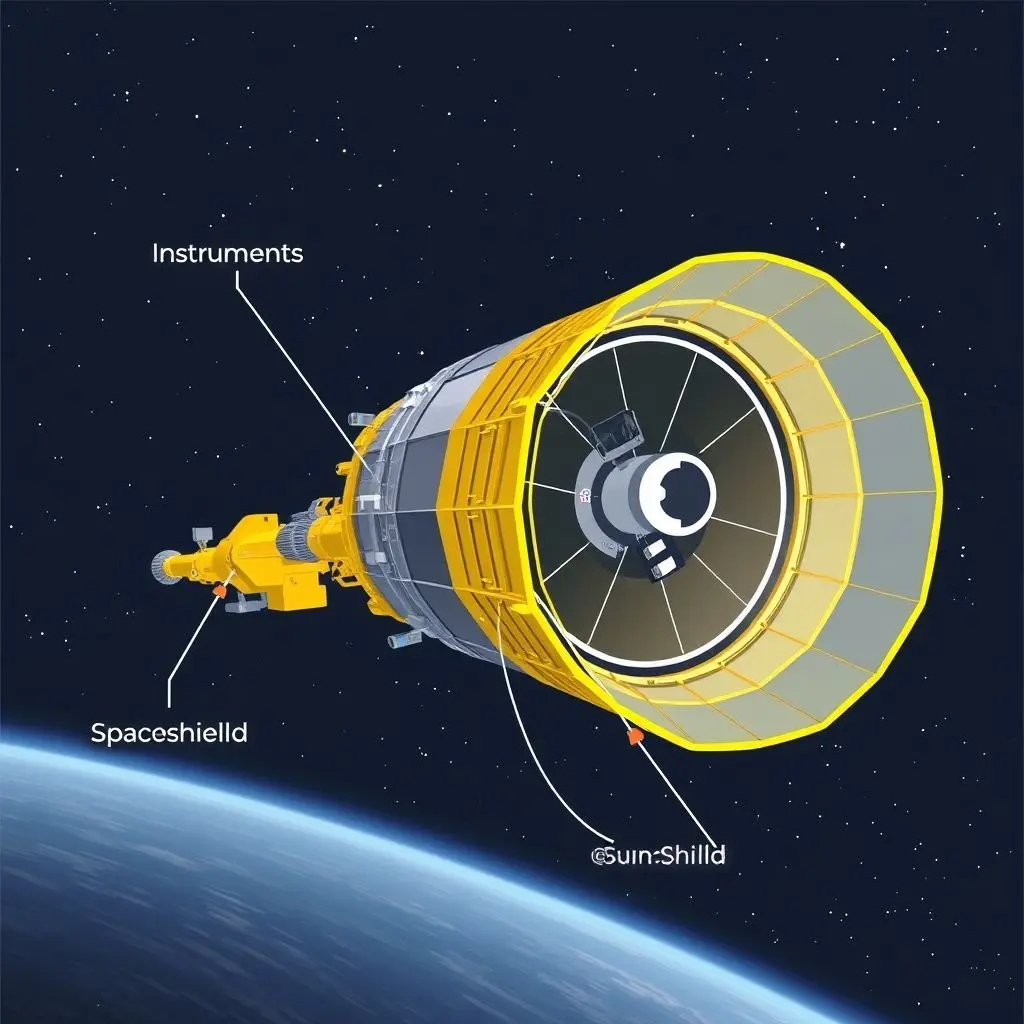
A Universe Revealed in Heat
The results of Webb’s infrared vision have been nothing short of transformative. We are seeing details in familiar nebulae and star-forming regions that were completely invisible before. We are observing galaxies as they were when the universe was less than a billion years old, providing critical data points for understanding galactic evolution.
Webb is also revolutionizing exoplanet studies by analyzing the infrared light that passes through their atmospheres when they transit their stars. This allows scientists to detect the chemical fingerprints of molecules like water, carbon dioxide, and potentially methane, hinting at the conditions on these alien worlds.
The colorful, breathtaking images released by NASA, ESA, and CSA are often composites created by mapping different infrared wavelengths to visible colors, making the invisible visible and stunning for human eyes.
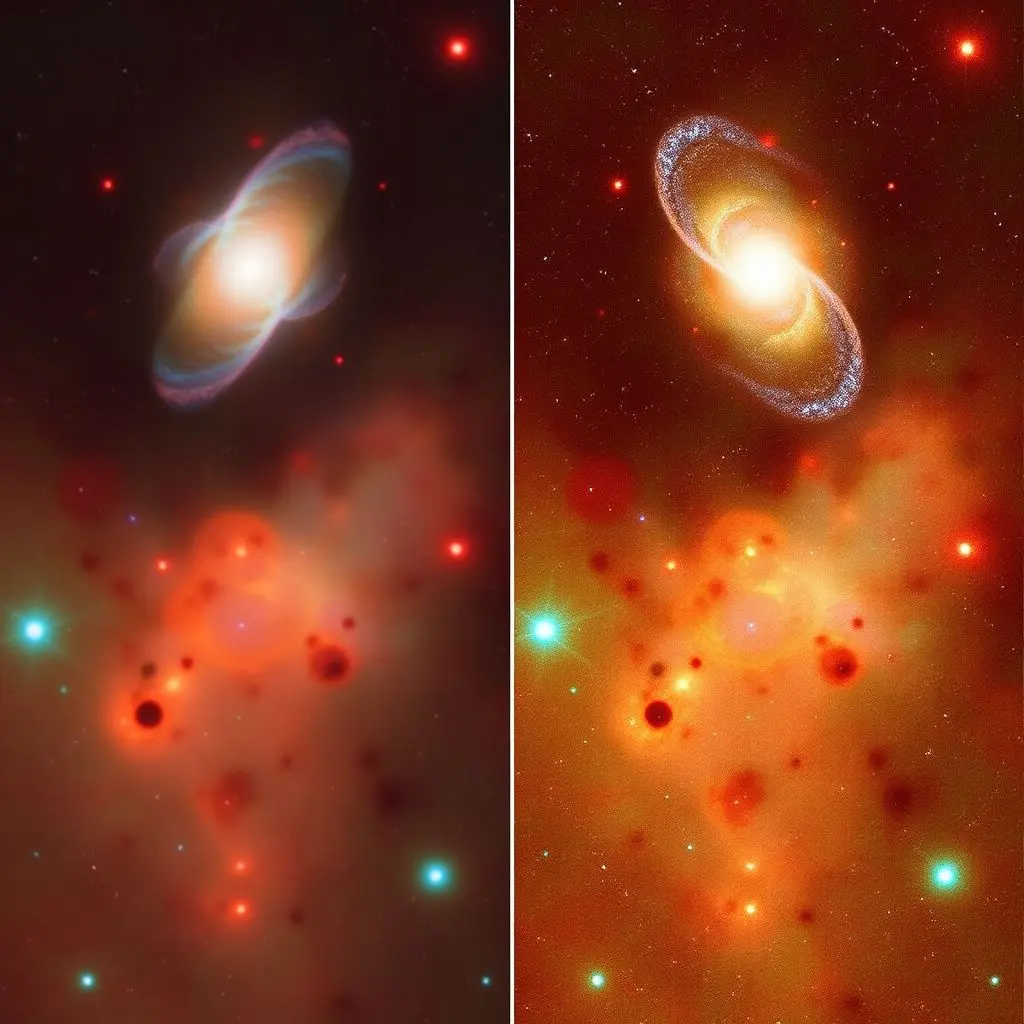
Frequently Asked Questions About Webb’s Infrared Vision
Q: Why can’t other telescopes see infrared light as well as Webb?
Many ground-based telescopes can detect some infrared, but Earth’s atmosphere absorbs much of it, and the telescopes themselves glow in infrared due to their temperature. Space telescopes like Spitzer also observed in infrared. However, Webb is much larger, operates at significantly colder temperatures, and is positioned far from Earth (at the L2 point) to minimize interference, giving it unprecedented sensitivity and resolution in the infrared.
Q: Are the colors in Webb images real?
The colors are ‘false colors’. They are assigned to different wavelengths of infrared light detected by Webb’s instruments. Since infrared light is invisible to our eyes, scientists assign visible colors to represent these wavelengths. This allows us to visualize data that would otherwise be undetectable, and the colors are chosen to highlight different features or chemical compositions.
Q: Can Webb see heat from things on Earth?
No, Webb is designed to look outwards into space, not inwards towards Earth. Its sunshield protects its sensitive instruments from the heat and light of the Sun, Earth, and Moon.
Q: How does seeing in infrared help us find exoplanets?
Young planets and planet-forming disks emit significant infrared heat. Also, analyzing the infrared light from a star that passes through an exoplanet’s atmosphere during a transit allows scientists to identify the gases present, as different molecules absorb specific infrared wavelengths.
A New Perspective on the Cosmos
The James Webb Space Telescope’s mission, centered around its powerful infrared vision, is fundamentally changing our understanding of the universe. By seeing light that has traveled billions of years and peering through cosmic veils that once hid galactic origins and stellar births, Webb is delivering on its promise of cosmic revelation.
Every image, every spectrum, every data point from Webb adds another piece to the grand puzzle of how the universe came to be and how it continues to evolve. It’s a journey deeper into space and further back in time than ever before, all thanks to the ability to visualize the unseen world glowing in infrared.
This new window into the cosmos continues to expand our minds and inspire awe at the incredible processes unfolding light-years away.
